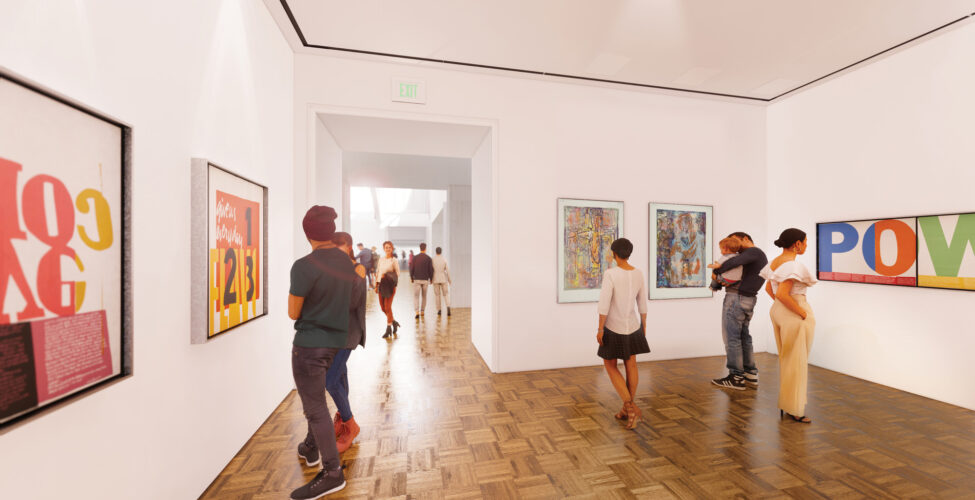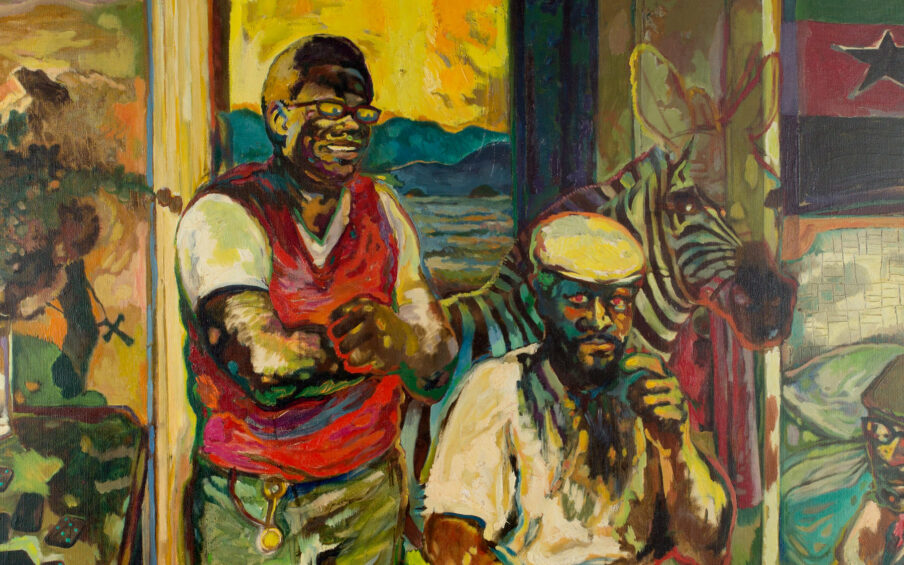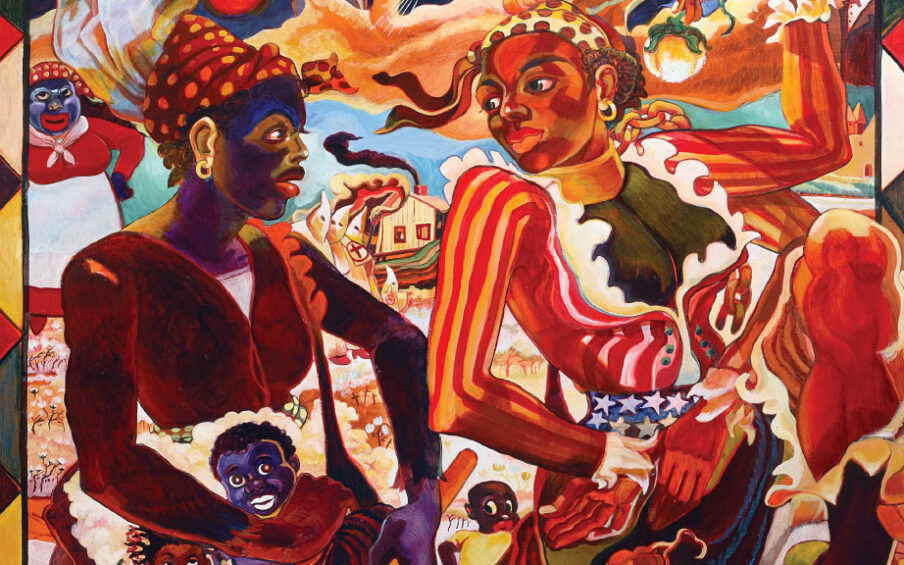The Portland Art Museum’s curatorial team is looking ahead to the completion of the Mark Rothko Pavilion in 2025, when we will celebrate new, expanded, and accessible galleries with a host of exhibitions drawn from the Museum’s collections. While galleries are closed for construction, the curators are busy thinking expansively about the collection and about the many stories it can tell. Just as our physical spaces are expanding to become more inclusive and welcoming, so too is the process of creating exhibitions for the public. We are evolving our curatorial approach with a more collaborative process internally and, soon, externally as we continue to grow our partnerships with community organizations and artists in Portland.
We’re flexing these new muscles in the coming year with the exhibition Throughlines: Connections in the Collection (opening October 28, 2023), engaging more with community-based and artist partners to better spotlight art, artists, and the communities they come from. We envision collection galleries as responsive spaces for storytelling, creative production, and community connection, engaging with more diverse audiences as well as evolving social, cultural, and creative contexts.
Hear from PAM curators about this process: Kathleen Ash-Milby, Curator of Native American Art; Mary Weaver Chapin, Ph.D., Curator of Prints and Drawings; Julia Dolan, Ph.D., The Minor White Curator of Photography; Erin Grant, Assistant Curator of Native American Art; Jeannie Kenmotsu, Ph.D., The Arlene and Harold Schnitzer Curator of Asian Art; Sara Krajewski, The Robert and Mercedes Eichholz Senior Curator of Modern and Contemporary Art; and Grace Kook-Anderson, The Arlene and Harold Schnitzer Curator of Northwest Art.
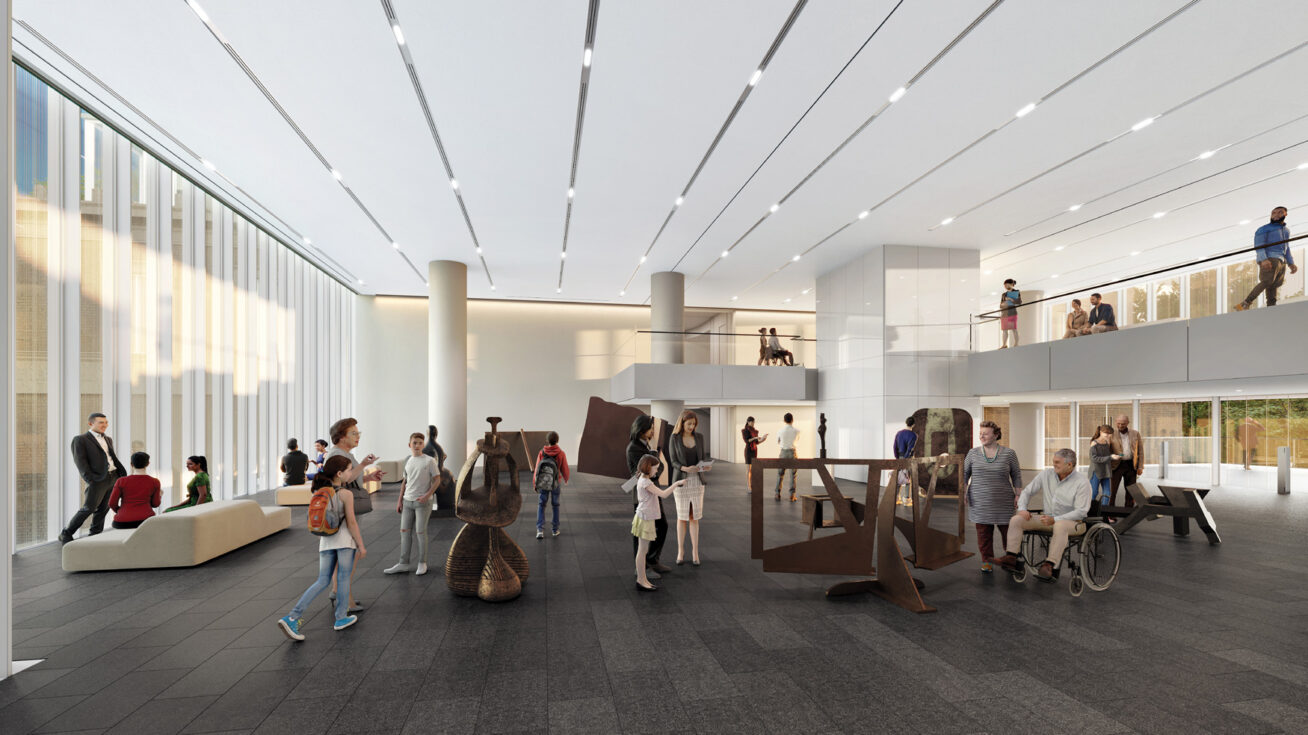
What opportunities excite you about the new Pavilion and the refreshed galleries, and how does the new physical connection prompt the team to think about thematic connections amongst the artworks?
Sara: I am thrilled by the opportunity that the Pavilion entrance and community commons offer visitors—you will be able to choose your own pathway through the galleries from the beginning of your experience, connecting horizontally on each level. I hope this encourages visitors to explore the galleries in ways they haven’t before. For example, we’re thinking of a broader presentation of contemporary art across the top level where the Hoffman wing joins the Jubitz Center.
Grace: The physical connection on the fourth floor across our intersecting departments is really exciting, as it will truly echo the connections made by contemporary art. Previously, what might be programmatically the most similar in scope and attention—the APEX exhibition series showcasing Northwest artists, the Contemporary Native American Art program, and the ongoing Crumpacker Center for New Art—were physically in very separate spaces. In this new presentation, along with PAM CUT’s programs, I hope that some form of these exhibitions will offer more of a flow of an exchange of ideas and collaborative efforts.
Sara: The new orientation also provides visitors a direct route to the Crumpacker Center for New Art contained within the Modern and Contemporary wing, where we will program exciting exhibitions of cutting-edge contemporary art drawn from research across the curatorial team, from photography to new media, international to Northwest, and more, giving us another platform to support emerging artists and innovative practices.
Jeannie: The current main entrance, facing the South Park Blocks, will transform from an entry point into an expansive new space for art. I’m excited by the possibilities and challenges of this gallery, which will retain its historic glass windows and doors. This makes for a beautiful setting but raises important considerations for light-sensitive works of art. I’m researching new projects that would highlight this unusual space, yet still maintain a kinship with the adjacent galleries of Asian art.
Mary: A new gallery above the new loading dock on the south side of the Main Building will provide a prime location for rotating exhibitions. I am busy working on shows featuring prints and drawings in dialogue with the adjacent galleries. Because the art in this room will be rotated frequently, visitors will make new discoveries each time, encountering Old Master woodcuts and engravings on one visit, and contemporary screenprints on another. The space is also amenable to focus exhibitions of paintings or photography—flexibility is a key feature of this beautiful gallery.
Julia: I’m so excited that the floor where the current photography galleries are located will be greatly expanded and offer places to sit, visit, and take in art as well as the cityscape. I love the intimate dimensions of the photography gallery and think that the new spaces around it will offer a lovely balance of experiences, especially after time spent looking closely at photographs.
Sara: The second floor in the Pavilion will be a beautiful, double-height gallery to showcase PAM’s strong collection of sculpture. We are collaborating on a project that highlights works from the Native American, Northwest, and Contemporary collections. One idea we are exploring—how sculptors depict nature—will resonate with the wonderful indoor/outdoor sensibility provided by the Pavilion’s glass walls. The airy aesthetics of this space will also make a lovely home for occasional performances and events.
What has the planning process been like?
Mary: Over the past few years, we curators have been very attentive to other museums that are planning reinstallations. We take notes, ask questions of our colleagues, and when possible, make site visits. We are fortunate to have generous curators around the country who are willing to share their experiences. Like us, they are seeking to create warm, inviting spaces for visitors. There are so many diverse ways to approach this question, and the learning process is quite invigorating.
Julia: Gallery reinstallation is a hot topic throughout the museum field, and we’re learning from our colleagues as they work on similar reconsiderations. In July, I attended the symposium Expanding Horizons: New Approaches in Display and Interpretation, which convened at the Toledo Museum of Art. Over 150 museum professionals from throughout the country were in attendance. People shared about their reinstallation planning processes, community considerations, successes and challenges, and varied approaches.
What new collaborations have emerged through the planning process? How are you thinking about how the spaces can reflect and speak to the connections between the collections that already exist?
Mary: Artists rarely confine their practices to one medium—painters frequently make prints and photographs, and sculptors often have lively drawing practices—but because works on paper are light sensitive, they have different requirements in the gallery. We hope to integrate works on paper into the painting galleries when appropriate, while also keeping separate spaces for these specific art forms where we can tell different, more medium-specific stories.
Kathleen: Native American artists also work in all mediums, so confining their work to Native American Art galleries does not always make sense. I’ve had many opportunities to collaborate with acquisitions, programs and exhibitions since I arrived four years ago. The new Rothko Pavilion planning is building on this spirit of connection between our curatorial areas. Our visitors and artists benefit from this more expansive vision.
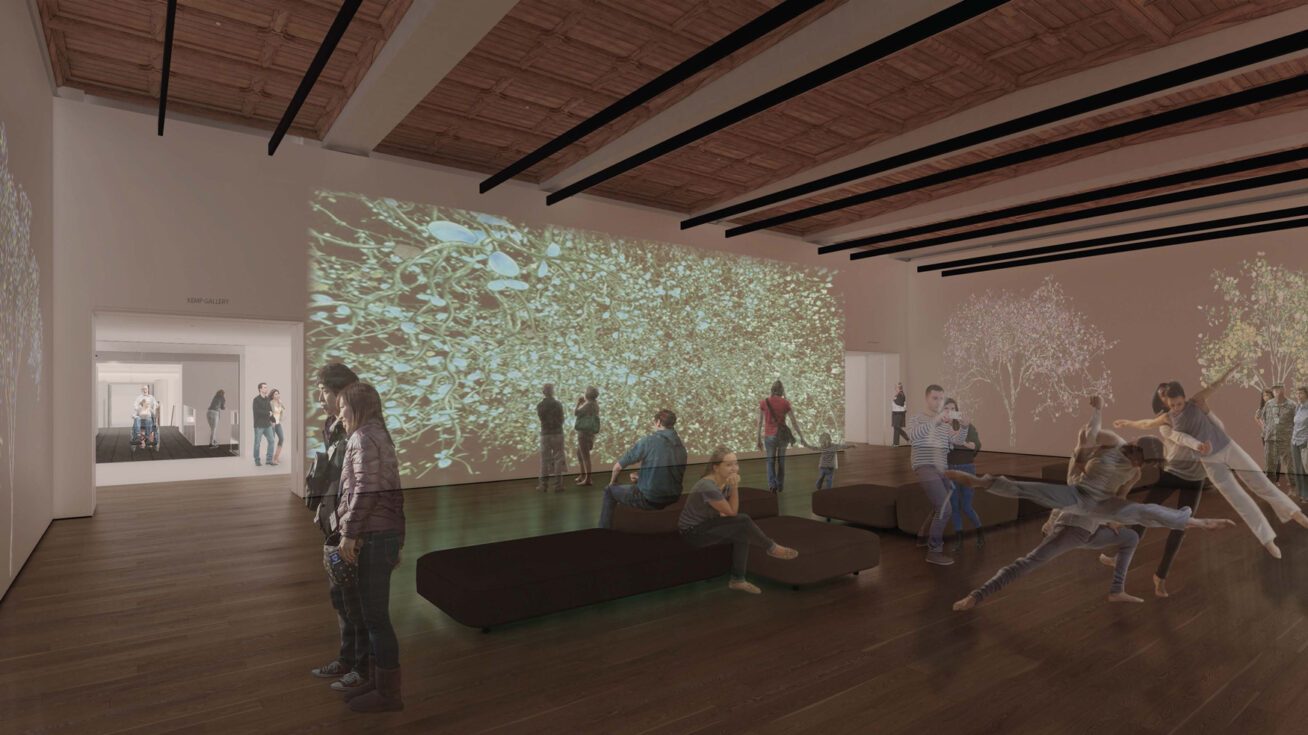
Are there ways that the team is thinking differently about acquisitions and shaping the collection in collaborative ways? With exhibitions too?
Sara: We have been doing this over the past several years, but now the new connectivity in the galleries allows us to call it out and contextualize this practice
Mary: Agreed—this isn’t a new practice for us, but it has been moved to the forefront. There is a lot of overlap in our curatorial niches, and now we have the opportunity to think about collections in a collaborative way.
Jeannie: One example is Japanese photography—I recruited Julia to work with me on a recent acquisition of a group of conceptual photographs, which will likely be shown soon after reopening. Together we are also in the very early stages of a larger exhibition project that will examine an early twentieth-century Japanese-American photographer from the Pacific Northwest. Both projects are rooted in a shared sense that moving beyond area-specific curatorial silos is not only desirable and endemic to our way of working, it’s critical.
Sara: We have experimented with Throughlines to give visitors a look at what cross-department collaboration could look like. This exhibition, in part, asks us to consider the ways art connects us across time, culture and geographies, and proposes that within the broad realm of visual art there are continuities and resonances to be celebrated together. In our planning for after the Pavilion opens, we have been holding two important considerations: While we’ll maintain specific collection galleries across the buildings, we will create moments where constellations of diverse works will expand narratives and perspectives. We also want to instill other areas of collaboration both internally and with partners, artists or guest curators, to be responsive to current issues, community voices, or other social opportunities where we can utilize the collection as a resource for reflection or provocation.
What opportunities does this bring for deepening relationships with Portland artists and community partners?
Erin: I am hopeful the Rothko Pavilion will set the stage for Indigenous communities and all communities of color to center themselves and their knowledge amongst the art. During the next few years, the Native American Art galleries will undergo an entire redesign that prioritizes the art, Indigenous community voices, and updated display practices. We are currently in the process of doing a collection review including repatriation research, which will ultimately aid Kathleen Ash Milby and me in the ethical storytelling of these items for wider audiences.
Kathleen: While the new Native American Art galleries will undergo a complete redesign which will likely launch a few years after the Rothko Pavilion is completed, we are exploring other ideas to highlight the collection in our galleries. These include a 21st-century acquisitions exhibition and a smaller installation focused on our local and regional collections. The Native American art program is bigger than our permanent collection galleries, so you’ll continue to see it throughout the Museum and new spaces. There is so much more to come in the years ahead!
Learn more about the Portland Art Museum’s collection and our Mark Rothko Pavilion, coming in 2025!
